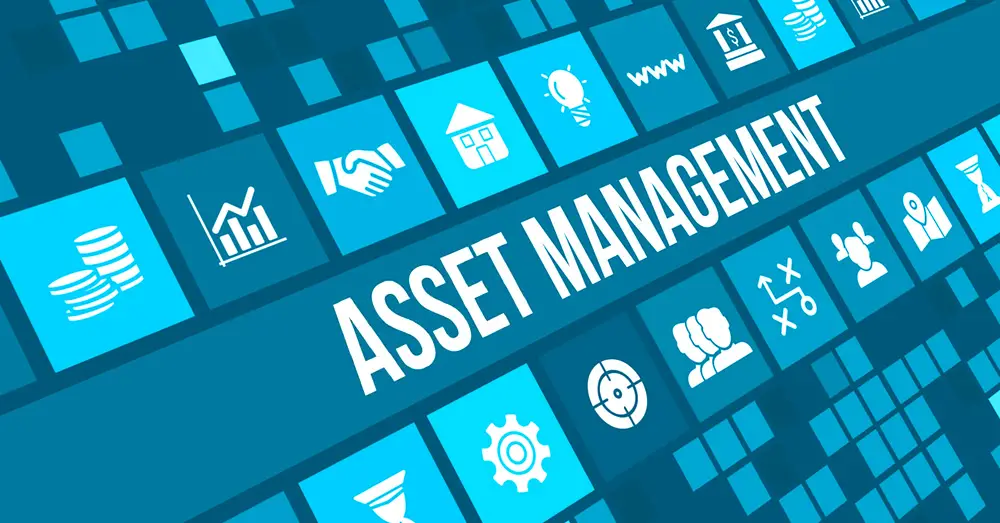Complete Guide to Effective Asset Management Strategies and Best Practices
Asset management is a crucial component of business operations, encompassing the systematic handling of an organization’s assets throughout their lifecycle. Whether it’s tangible assets like equipment and property or intangible assets like intellectual property and data, effective asset management is vital for maximizing value, minimizing costs, and ensuring optimal performance. In this comprehensive guide, we will delve into the key strategies and best practices that businesses can adopt to enhance their asset management processes.
Understanding Asset Management:
Asset management is a multifaceted discipline integral to organizational success, encompassing strategic handling, vigilant monitoring, and proactive maintenance of an entity’s assets to achieve specific objectives
Definition and Scope:
Asset management is a multifaceted discipline that plays a pivotal role in an organization’s overall success. It encompasses a strategic approach to handling, monitoring, and maintaining an array of assets to attain specific business objectives. These assets span a broad spectrum, ranging from tangible assets like machinery and real estate to intangible assets such as intellectual property, software, and brand reputation. The scope of asset management extends across the entire lifecycle of these assets, from their initial acquisition through utilization, maintenance, and eventual disposal. It is a comprehensive strategy that aims to optimize the value derived from assets while minimizing associated costs and risks.
In the modern business landscape, where both tangible and intangible assets contribute significantly to a company’s competitive advantage, effective asset management is critical. It enables organizations to make informed decisions, enhance operational efficiency, and ensure compliance with regulatory standards. By understanding the diverse nature of assets and implementing strategic management practices, businesses can unlock the full potential of their resources and gain a sustainable edge in today’s dynamic markets.
Importance of Asset Management:
Effective asset management plays a pivotal role in the overall success and sustainability of any organization. Primarily, it significantly enhances operational efficiency by ensuring that assets are utilized optimally throughout their lifecycle. By establishing a comprehensive framework for asset tracking, maintenance, and lifecycle management, businesses can minimize downtime and maximize productivity. Furthermore, a well-organized asset management system leads to substantial cost reductions associated with maintenance and replacement. Proactive maintenance schedules, informed by asset data and performance analytics, contribute to prolonged asset life, reducing the need for premature replacements and, consequently, lowering operational expenses.
Moreover, asset management is instrumental in facilitating compliance with both regulatory requirements and industry standards. In an ever-evolving business landscape, adhering to legal frameworks and industry norms is crucial for avoiding penalties, maintaining reputation, and fostering trust among stakeholders. Additionally, a robust asset management system enables data-driven decision-making. By leveraging real-time information on asset performance, condition, and usage patterns, organizations can make informed choices, allocate resources efficiently, and strategically plan for future investments, reinforcing their competitive edge in the market.
Key Components of Asset Management:
Asset Inventory and Classification:
- Comprehensive asset inventory creation.
- Classification based on type, criticality, and usage.
Lifecycle Management:
- Understanding and managing asset lifecycles.
- Systematic planning for upgrades, maintenance, and replacements.
Risk Assessment and Mitigation:
- Identifying potential asset risks.
- Developing mitigation strategies like insurance, preventive maintenance, and contingency plans.
Maintenance Strategies:
- Implementing preventive schedules for extended asset life.
- Using predictive maintenance tech to address issues proactively.
- Prioritizing tasks based on asset criticality and operational impact.
Technological Solutions for Asset Management:
Asset Tracking Systems:
- Implement modern asset tracking systems using RFID, barcodes, or GPS technologies.
- Enable real-time monitoring of asset location, condition, and usage.
Internet of Things (IoT) Integration:
- Utilize IoT devices to collect and transmit data from assets.
- Enable remote monitoring and control for improved efficiency.
Asset Management Software:
- Invest in comprehensive asset management software to streamline processes.
- Leverage features such as asset tracking, reporting, and analytics for informed decision-making.

Human Factors in Asset Management:
Employee Training:
- Provide training programs to employees on asset management protocols and procedures.
- Foster a culture of responsibility and accountability for asset care.
Cross-Functional Collaboration:
- Encourage collaboration between different departments (finance, operations, IT) for a holistic approach to asset management.
- Ensure effective communication channels to address issues promptly.
Regulatory Compliance and Reporting:
Stay Informed about Regulations:
- Regularly update knowledge on industry-specific regulations and compliance requirements.
- Ensure that asset management practices align with legal and regulatory standards.
Reporting and Documentation:
- Maintain accurate records of asset information, maintenance history, and compliance documentation.
- Generate regular reports for stakeholders to assess performance and compliance.
Conclusion:
Effective asset management is a cornerstone of organizational success. By adopting a comprehensive approach that combines technological solutions, sound processes, and a commitment to continuous improvement, businesses can optimize their assets, reduce costs, and gain a competitive edge. Implementing the strategies and best practices outlined in this guide will position organizations to thrive in an increasingly dynamic and competitive business environment.